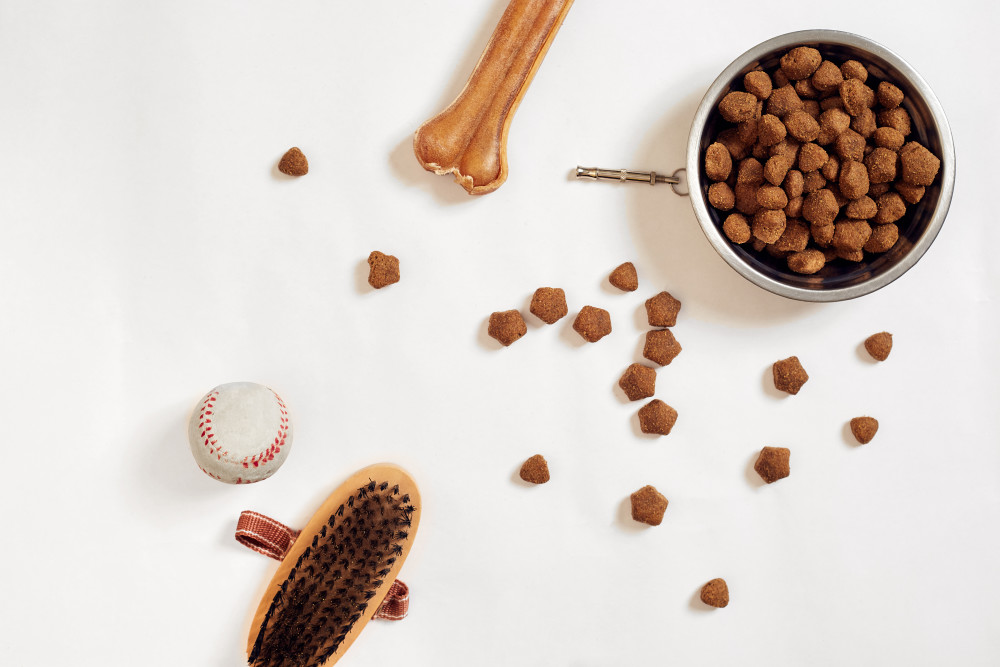Pug

Pug Overview
The Pug is small but bulbous with a funny flat face, pig-like tail and giant personality. This breed comes in three colours: silver, apricot, or all black. Their football-shaped heads, wrinkled brow and bright eyes give them human-like expressions that range from surprise, curiosity and joy—all of which makes them endlessly entertaining. Pugs are versatile and easy-going when it comes to living arrangements. They’ll do just as well in a big house or a small apartment, in the city or at a farm, with children or seniors, as part of a pact of pets or as the sole animal in a household.
The breed can be traced back 2000 years. Chinese emperors were known to favour flat-faced breeds, and Pugs were no exception. They spread to the rest of the world in the 1500s, when Dutch traders brought them back to Europe. It’s believed the Pug became the official mascot of Holland’s royal House of Orange when one saved the life of the Prince of Orange by barking to warn the prince of an incoming assault by Spanish troops.
It’s not clear where they got their name. One theory is that Pug is derived from the Latin word “pugnus,” which means “fist”, since their face kind of resembles a big, clenched fist.
Did you know?
The pug is one of the oldest dog breeds, dating back to 400 BC.
Pug Stats
Kid-Friendly
Good with other animals
Easy to train
Therapy dog
Caring for your breed
Daily kibble serving
1-2 cups
Daily exercise
2 hours
Grooming frequency
Brushed Regularly

Feeding your Pug
A Pug should be fed a high-quality dog food appropriate to its age, whether puppy, adult or senior. Be careful of your Pug’s calorie consumption and weight level. Treats can be great incentive in training, but be aware of how many you feed them, as too many can lead to obesity. Refrain from sharing table scraps and especially avoid cooked bones and foods with high fat content. Learn more about what human foods are safe for dogs, and which are not. It’s important to talk to your vet if you have any concerns about your dog’s weight or diet. Always make sure your Pug has fresh, clean water available.